How to Create Visually Stunning Blog Graphics on a Budget
Creating visually stunning blog graphics on a budget is achievable by using free or affordable tools, leveraging creative strategies, and optimizing your resources effectively. This article outlines practical steps and tips to help you design eye-catching visuals without overspending.
Use Free Design Tools
Several free tools are available that offer professional-grade features for creating blog graphics. Some options include:
- Canva: User-friendly, with a range of free templates and design elements.
- GIMP: A powerful open-source alternative to Photoshop.
- Photopea: An online editor with features similar to Photoshop.
- Crello: Offers free templates, animations, and graphic elements.
Tips for Free Tools:
- Start with templates to save time.
- Explore community-shared resources for additional elements.
- Use free stock photos and icons available within the tools.
For logo creation, use tools like Canva or Photopea. Follow tips for creating a logo, such as keeping it simple, ensuring scalability, and choosing fonts and colors that reflect your blog’s tone.
Choose Affordable or Free Stock Resources
High-quality images and illustrations are essential for professional-looking blog graphics. Free resources include:
- Unsplash: Free, high-resolution photos.
- Pexels: Free images and videos for commercial use.
- Pixabay: Offers images, illustrations, and videos without attribution.
- Freepik: Provides free vectors and illustrations, some requiring attribution.
For paid resources on a budget, consider:
- Adobe Stock’s Free Trial: Includes premium-quality assets.
- Creative Market: Affordable bundles with regular discounts.
Focus on Simplicity
Simple designs often look more polished and professional. Focus on clean layouts, legible fonts, and consistent colors.
Key Principles:
- White Space: Avoid overcrowding elements.
- Consistent Fonts: Limit font choices to one or two complementary styles.
- Color Harmony: Use color palettes from tools like Adobe Color or Coolors.
Utilize Free Font Libraries
Typography can significantly impact your graphics. Free font libraries offer a variety of styles:
- Google Fonts: Thousands of free fonts for commercial use.
- Font Squirrel: Curated free fonts with easy-to-download files.
- DaFont: Diverse fonts for personal or commercial use (check licenses).
Create Templates for Efficiency
Design templates streamline the creation process. Once created, you can reuse them for multiple posts, ensuring consistency across your blog.
Steps to Create Templates:
- Set Dimensions: Standardize sizes for headers, social media, and in-post graphics.
- Define Elements: Include placeholders for titles, subheadings, and images.
- Save as Reusable Files: Tools like Canva allow saving templates for future edits.
Leverage DIY Photography
If stock images don’t meet your needs, DIY photography is an affordable alternative. Use your smartphone camera and follow these tips:
- Natural Lighting: Shoot near windows or outdoors for the best light.
- Simple Backgrounds: Use plain walls, fabric, or paper.
- Basic Editing: Use tools like Snapseed or Lightroom Mobile for quick edits.
Use Icon Libraries
Many icon libraries also offer free SVG files, which are versatile and scalable for various design needs. Tools like Flaticon and SVG.now provide downloadable SVG files that you can customize using editors like Illustrator or free alternatives such as Inkscape. Free icon libraries include:
- Flaticon: Thousands of free icons in multiple formats.
- SVG.now: Simple, customizable icons.
- Material Design Icons: Icons based on Google’s design principles.
Customize icons to match your blog’s color scheme using tools like Illustrator or free online editors.
Experiment with Shapes and Layouts
Shapes and layouts can turn basic graphics into professional designs. Use tools to:
- Add geometric patterns.
- Layer shapes for depth and contrast.
- Align elements precisely using grids.
Experiment with asymmetrical designs for a modern look.
Add Text Overlays Strategically
Text overlays should complement the background and remain readable. Best practices include:
- Contrast: Use dark text on light backgrounds and vice versa.
- Opacity: Add a semi-transparent layer behind text for better visibility.
- Font Hierarchy: Use larger fonts for titles and smaller fonts for details.
Incorporate Animation
Animated elements can make your graphics stand out on social media or blogs. Tools like Canva and Crello allow you to create basic animations without advanced skills.
Ideas for Animation:
- Text that fades in or out.
- Icons with subtle movements.
- Highlighted sections using glowing effects.
Optimize File Sizes
Large graphic files can slow down your blog. Optimize images using tools like:
- TinyPNG: Reduces PNG file sizes without quality loss.
- ImageOptim: Free software for compressing images.
- JPEGmini: Optimizes JPEG files efficiently.
Stay Consistent
Consistency is key to effective blog design. Incorporate blog design tips such as maintaining a uniform visual style, ensuring responsive layouts, and aligning graphics with your brand identity. Develop a style guide including:
- Specific fonts and sizes.
- Defined color palettes.
- Reusable design elements and templates.
Monitor Trends
Stay updated on graphic design trends to keep your visuals fresh. Some current trends include:
- Gradient backgrounds.
- Minimalist layouts.
- Hand-drawn illustrations.
- Bold typography.
Incorporate these trends thoughtfully to maintain originality.
By leveraging free tools, affordable resources, and simple techniques, you can create stunning blog graphics that resonate with your audience while staying within budget.
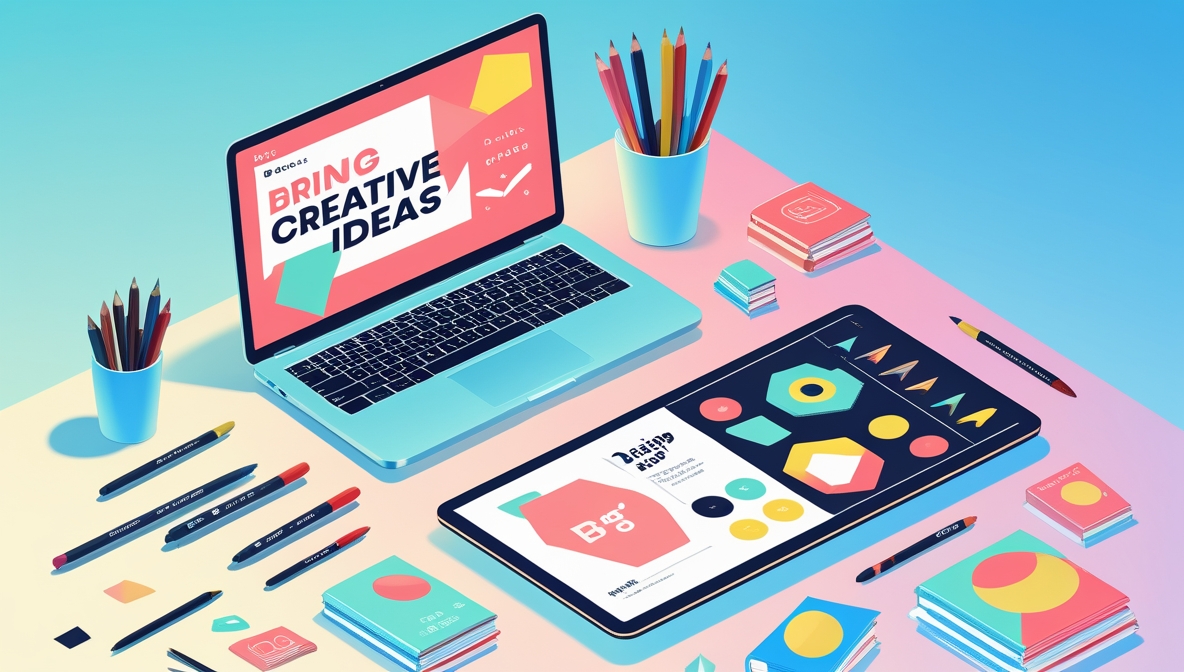
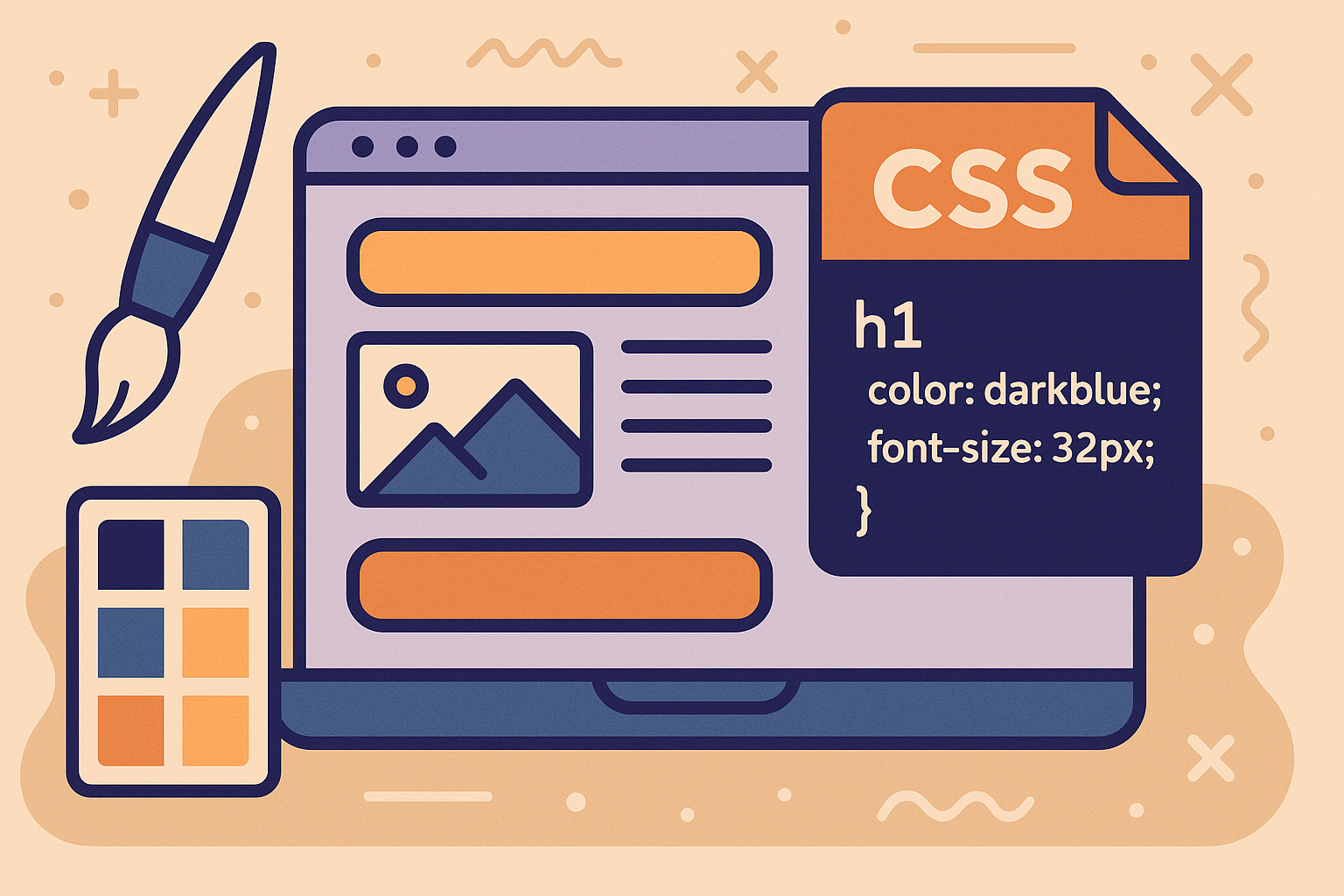
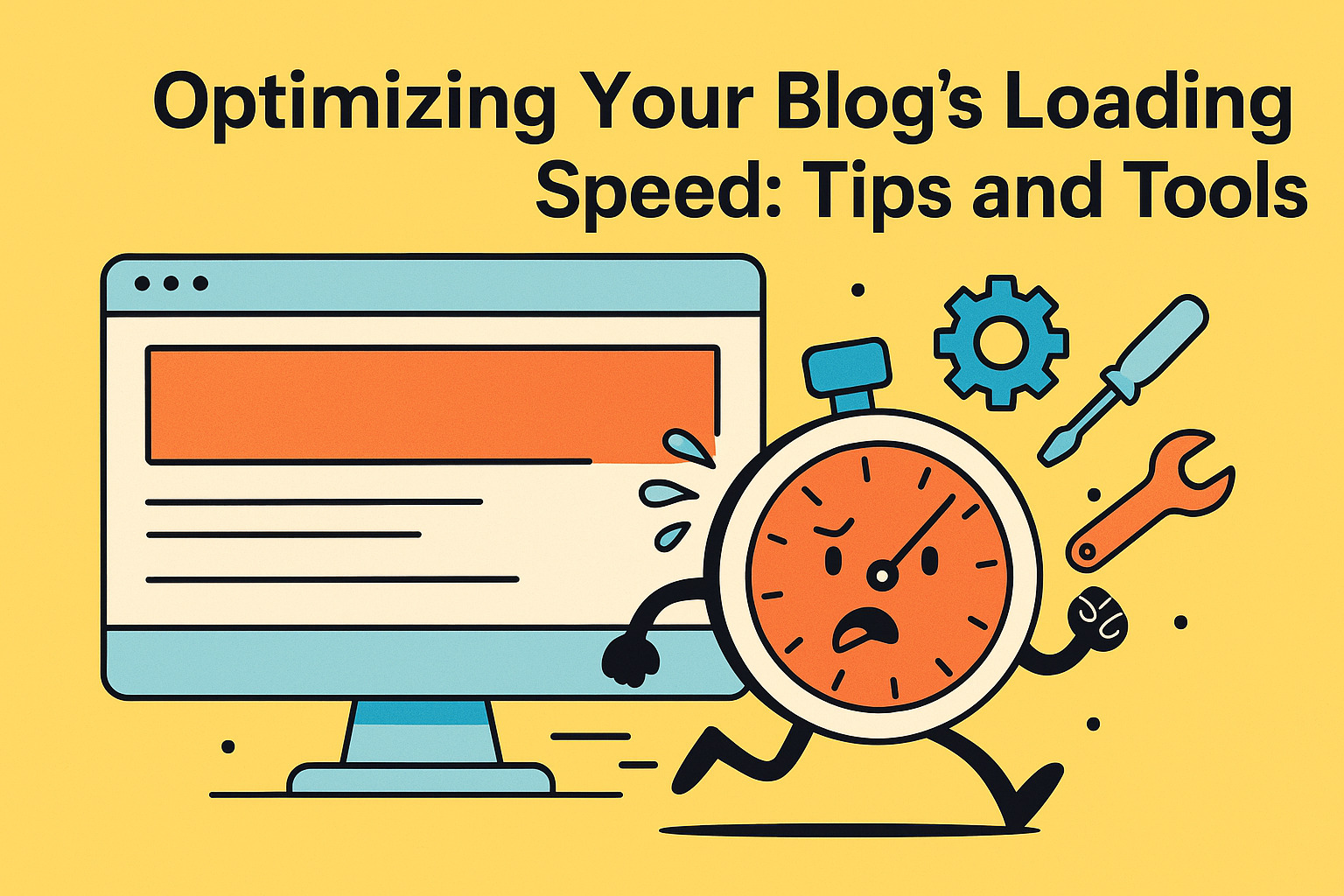
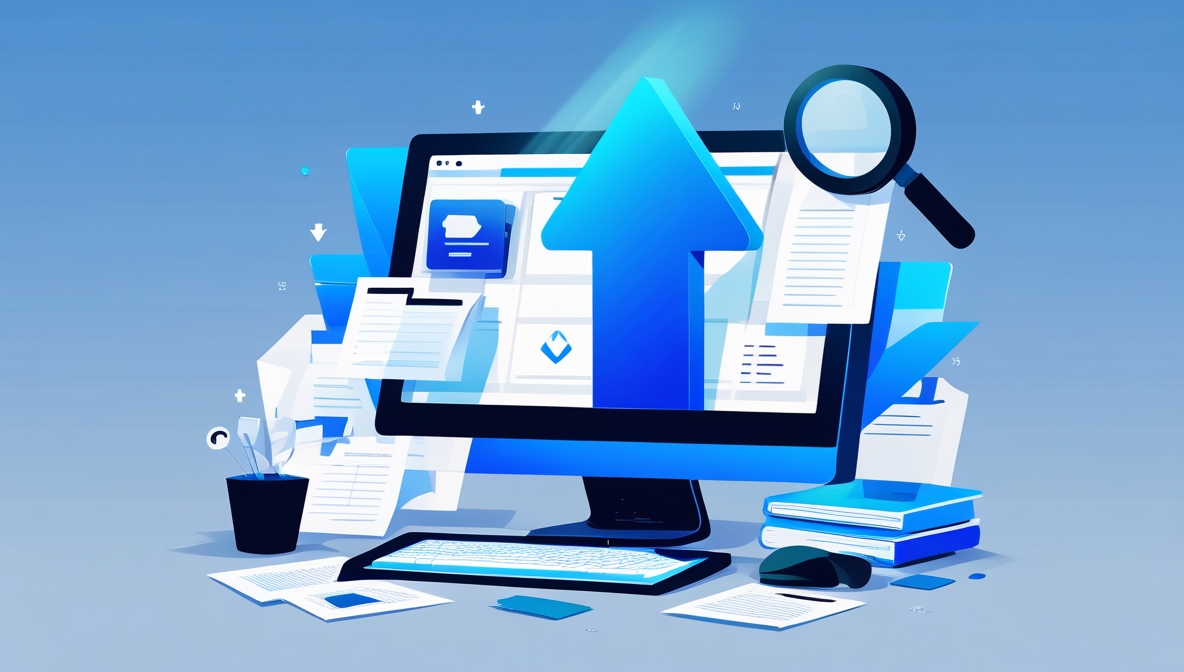
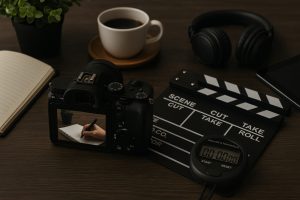

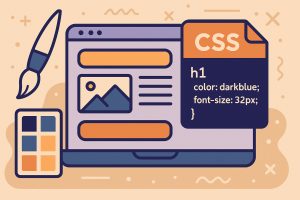
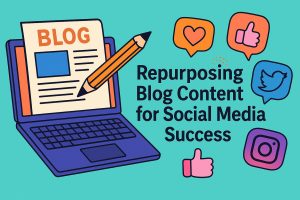


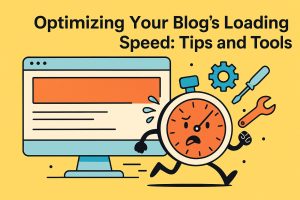
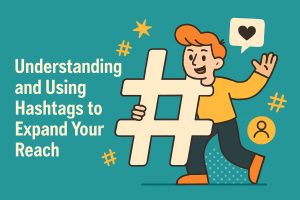

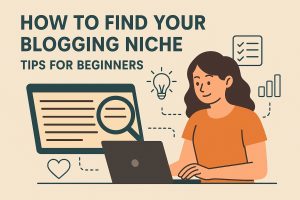
Post Comment